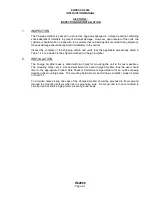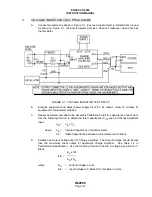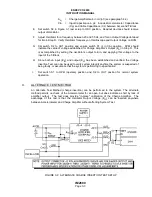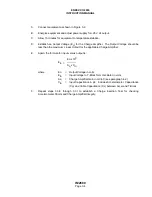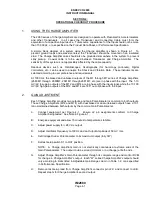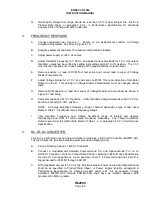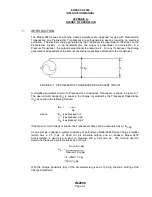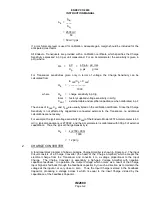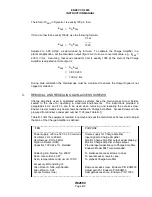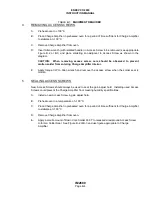
ENDEVCO 2680
INSTRUCTION MANUAL
IM2680
Page B-2
If a rms full-scale level is used for calibration, adequate gain margin should be included for the
anticipated crest factor.
2.
PRACTICAL GAIN ADJUSTMENT
To apply the Theoretical Gain Data in a practical situation, adjust the Gain of the Charge Amplifier
with a known source capacitance and input voltage during calibration. Figure B-1 is a typical test
setup used for Gain Calibration.
FIGURE B-1: TYPICAL CALIBRATION TEST SETUP
To charge applied to the input of Charge Amplifier in Figure B-1 is determined by:
qcal = Ecal Ccal
where
Ecal = Oscillator output in V
Ccal = Series calibration capacitor in pF
qcal = Charge applied to the Charge Amplifier in pC
The Charge Gain of the Amplifier (Aq) is determined by:
Eout
As
Aq = _____
Aq = _____
q cal
C cal
where
Eout = Charge Amplifier output in V
Aq = Charge Gain of Charge Amplifier in mV/pC
Transposing formula (4) we find that:
Eout = Aq Ecal Ccal


